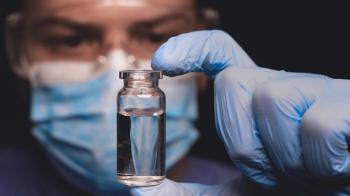
New therapeutics modalities and the need for greater process efficiency are driving technology development.

New therapeutics modalities and the need for greater process efficiency are driving technology development.
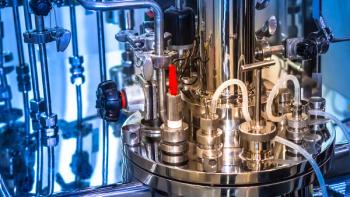
This article presents the results of a survey conducted to gain insight on the impact of the COVID-19 pandemic on biomanufacturing operations.
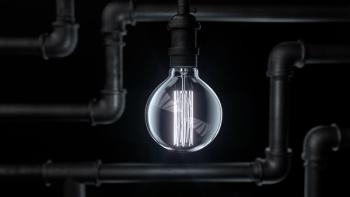
Many antibody-drug conjugate therapies are in the pipeline; only a handful have been approved. What are the bottlenecks?

Process modeling offers an opportunity to troubleshoot for and anticipate difficult aspects of a bioprocess.

It is critical to evaluate specific considerations, from design to application, for the benefit of downstream bioprocessing and manufacturing.

Filling and packaging of primary containers is a crucial piece of COVID-19 vaccine production.
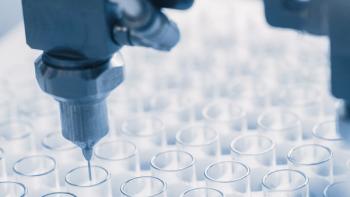
Technologies in use and on the horizon could change aseptic processing in ways that seemed inconceivable years ago but approaches to aseptic process validation still need to move beyond their 1970s roots.
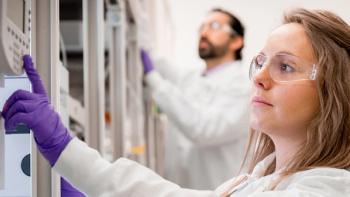
Data from migration kinetics studies can be used to develop models that predict levels of leachables and extractables at different temperatures and time points.
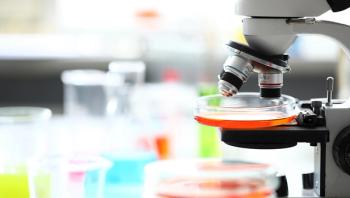
Efforts are already underway to harmonize standards and regulatory approaches for testing of raw and ancillary materials, but continuous improvement is required.

Efforts by regulators seek common approaches to clinical research and biopharmaceutical production needed to wipe out the coronavirus pandemic globally.

Time sure flies, except when you are waiting for something to happen.

When in-person training may not be feasible, there are still opportunities to ensure employees receive the required training, says Susan J. Schniepp, distinguished fellow, Regulatory Compliance Associates.